Kazakhstan: Central Asia’s Energy Transition Pioneer
02.07.2024
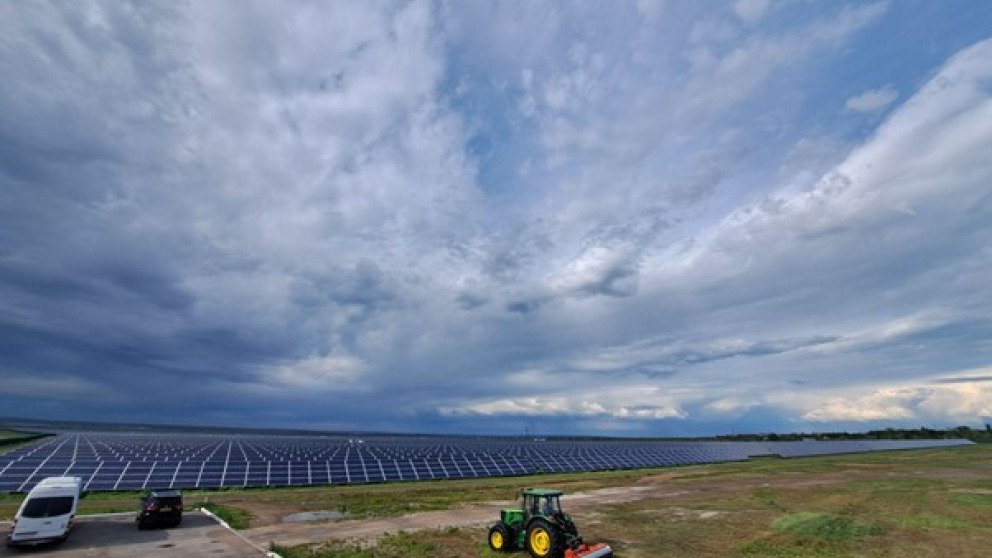
In May 2024, I joined a group of Master’s students from the German-Kazakh University in Almaty (DKU) on their annual Renewable Energy Trip. Their degree programme in Strategic Management of Renewable Energy and Energy Efficiency was launched in 2021 in cooperation with the German Federal Foreign Office, the OSCE, USAID’s Power Central Asia Programme, and a group of German universities. This first specialised programme of its kind in Central Asia is a magnet for students from across the region, including Afghanistan, who come to Almaty on full scholarships funded by the OSCE and USAID. The programme puts a special emphasis on increasing women’s representation in the energy sector.
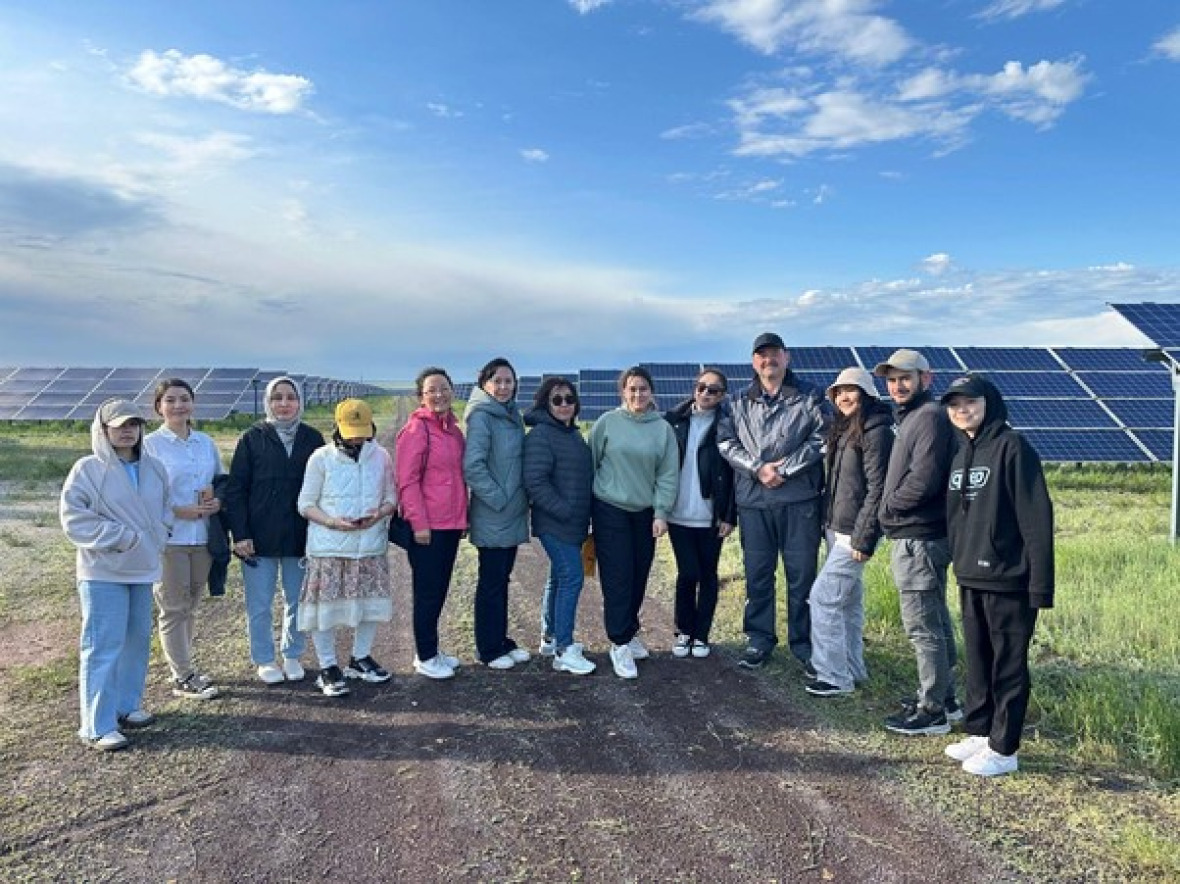
Our journey spanned several thousand kilometres and took us to a number of wind and solar farms in the south, centre, and north of Kazakhstan, which is the ninth-largest country in the world by land area. We also visited several older, Soviet-built power generation facilities, including a large thermal power plant in Almaty and a hydropower plant in Kapshagai. The trip was a perfect opportunity to reflect on Kazakhstan’s path towards the energy transition.
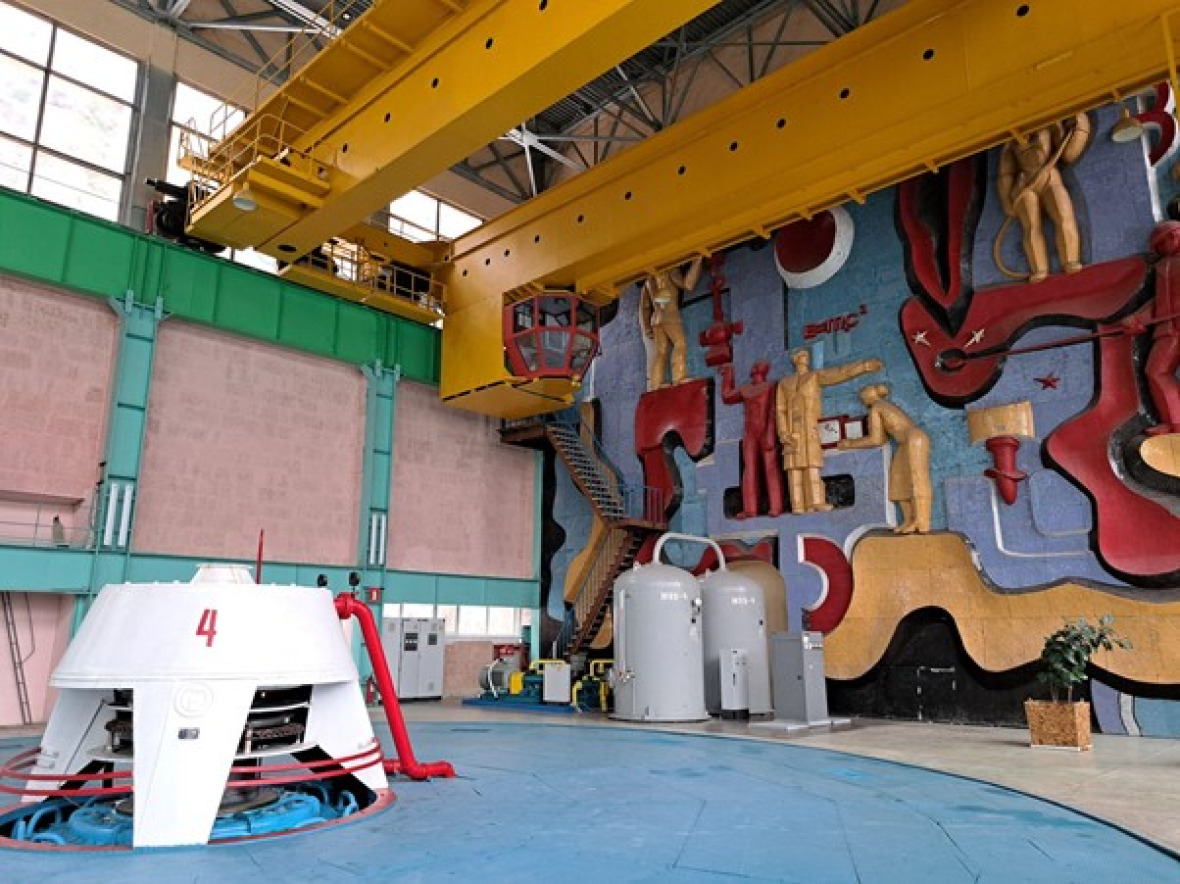
An unlikely energy transition pioneer
Kazakhstan (population 19.6 million) is Central Asia’s largest economy and exhibits all the characteristics of carbon lock-in. It is dependent on exports of oil and gas, while its abundant and inexpensive coal is the main fuel for the power generation sector, with a share of some 70 per cent. Coal is also essential for residential heating (in many regions, winter temperatures routinely plummet to -20°C) and is indispensable for Kazakhstan’s heavy industry. Natural gas is widely seen as a promising transition fuel and there are plans to convert some thermal power plants from coal to gas. Energy prices are subsidised, weakening incentives to invest in energy efficiency and other green technologies. As a result, Kazakhstan is among the most carbon-intensive economies worldwide.
And yet, despite its strong dependence on fossil fuels, Kazakhstan has scored many energy transition firsts in the region. It was the first to launch a national emissions trading system, set renewable energy targets, introduce a functioning support mechanism for renewables, develop utility-scale solar and wind projects, and to set a carbon neutrality target (by 2060). Today, Kazakhstan boasts 957 MW of installed wind power capacity and 1.149 MW of solar, with many more projects under development. By 2035, the country plans to deploy as much as 11.7 GW of new wind and solar capacity.
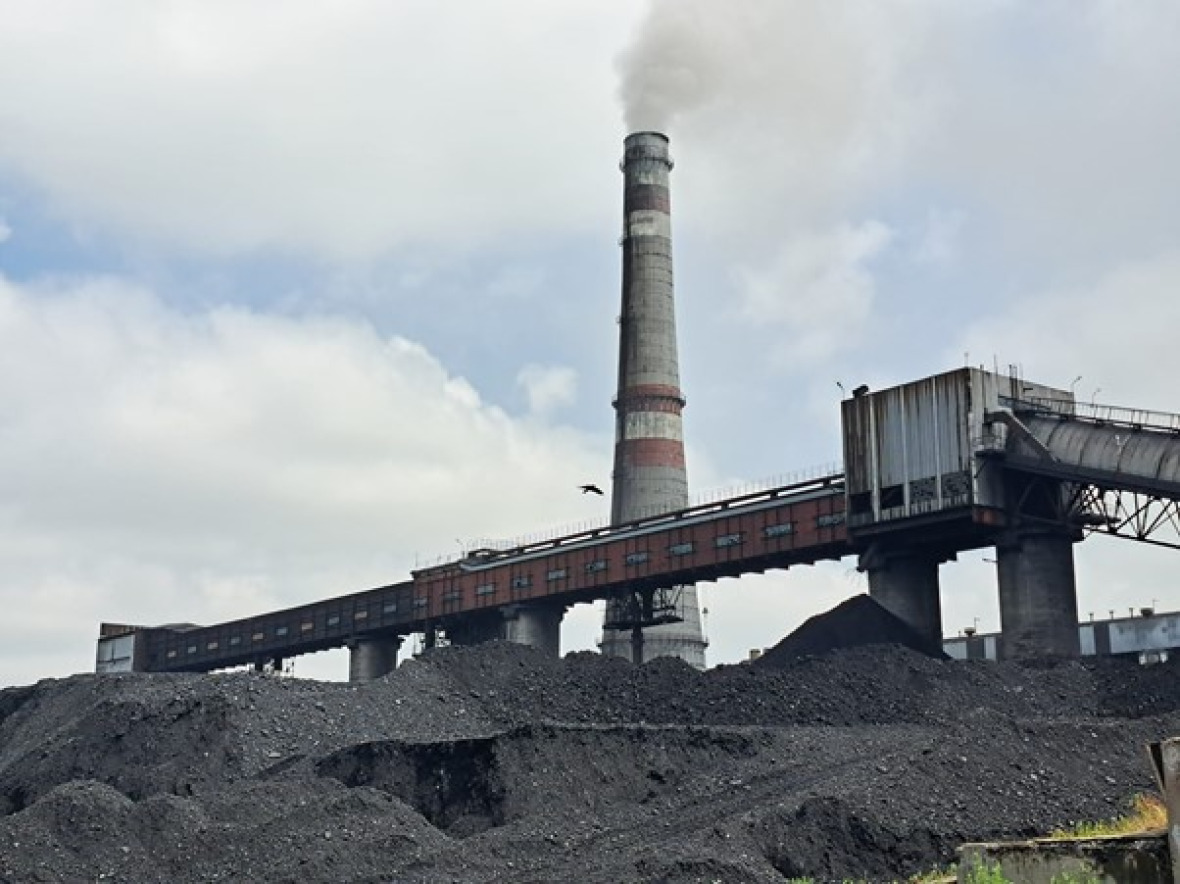
Renewable energy policy in Kazakhstan
Although Kazakhstan adopted the Law on Support for Renewable Energy Sources already in 2009, the country’s energy transition story does not begin in earnest until a few years later. The 2013 Concept of the Transition to the Green Economy set renewable energy targets, starting with a modest 3 per cent of total electricity production by 2020, progressing to 15 per cent by 2030 and aiming at 50 per cent by 2050 (including renewable and other “alternative” sources). Yet the true game changer was the introduction, in 2014, of a support mechanism based on feed-in tariffs (FITs), developed in close cooperation with the European Bank for Reconstruction and Development (EBRD). The new mechanism offered renewable energy investors very attractive tariffs and guaranteed 15-year offtake contracts, spurring rapid growth in RE projects across the country. However, FITs did not adequately reflect the falling costs of wind and solar technologies globally. In 2018, again with the assistance from the EBRD, as well as from USAID’s Power Central Asia programme, Kazakhstan introduced renewable energy auctions. The goal was not only to lower prices but also to have more control over the siting and size of new RE facilities – a pertinent issue given the existing grid restrictions. RE auctions have proven popular, leading to a significant fall in tariffs for both wind and solar power to under 0.030 USD per kWh in recent years.
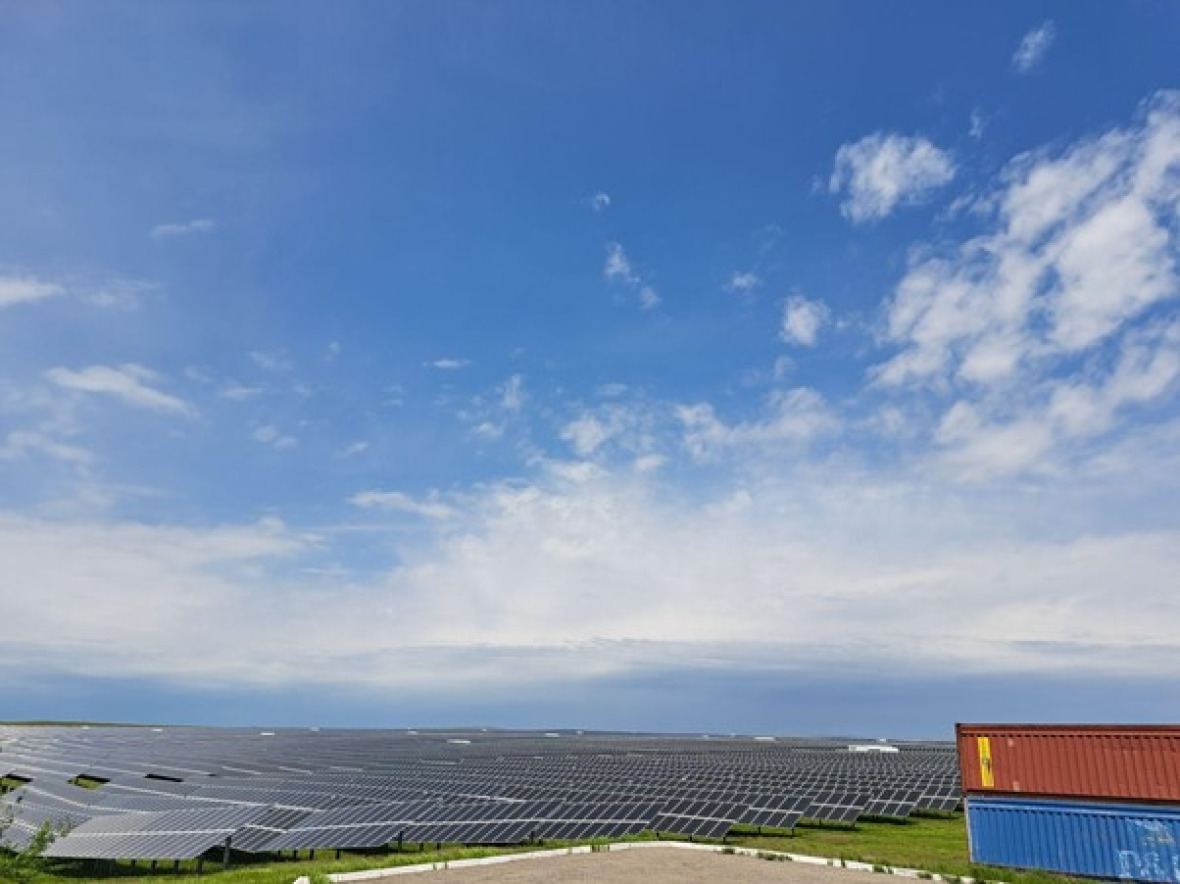
In addition to these RE auctions, Kazakhstan’s government has been negotiating bilaterally with large investors to build gigawatt-scale RE capacity with integrated energy storage. In 2023-2024, Kazakhstan signed deals with leading energy companies such as Saudi Arabia’s ACWA Power, the UAE’s Masdar, and France’s TotalEnergies, aiming at the construction of 3 GW of wind power capacity with integrated storage systems. While these developments testify to the growing geopolitical significance of Kazakhstan, critics take issue with the lack of transparency of the tariff negotiations for these agreements, which contrasts with RE auctions, where all information relating to the bidding process is public.
Financing the energy transition
As in many emerging economies, the high cost of capital is one of the key obstacles to the energy transition in Kazakhstan. Unsurprisingly, the bulk of renewable energy projects in the country has been financed through concessional lending on the part of major multilateral development banks. Between 2014 and 2022, the European Bank of Reconstruction and Development financed some 40 per cent of Kazakhstan’s RE capacity (688 MW in wind and solar capacity), providing direct financing of ca. 535 million USD and helping mobilise a further 124 million USD in concessional financing from the Green Climate Fund and Clean Technology Fund. The Development Bank of Kazakhstan, a key national financial institution, has been the second largest lender. Several important projects have been financed by the Eurasian Development Bank (in which Russia and Kazakhstan are the largest shareholders), including the 45 MW First Wind Power Station (94 million USD) and the Russian company Hevel Group’s 100 MW Nura SPP, which we visited on our trip. Other multilateral development banks, such as the Asian Infrastructure Investment Bank and the Asian Development Bank, followed suit somewhat later. There are examples of interbank cooperation too. In 2023, the EBRD teamed up with the Chinese Asian Infrastructure Investment Bank to co-finance a large wind farm project in Zhanatas. Finally, since 2018 there has been a rise in equity financing on the part of Chinese renewable energy companies, both state-owned and private.
Grid integration as a key challenge
In 2023, renewables accounted for just 5.92 per cent of Kazakhstan’s total electricity production. Nevertheless, the issue of grid integration already looms large. One reason for this is the lack of balancing capacity in Kazakhstan’s power sector, which is dominated by inflexible coal-fired power plants. In this respect, Kazakhstan differs from its neighbour Uzbekistan, where the share of flexible natural gas generation stands at 74 per cent. At the moment, the balancing issue in Kazakhstan is largely addressed through imports of higher-priced electricity from Russia, with possible repercussions for national energy security. Another reason is the dilapidated condition of much of the national power grid, resulting in significant transmission losses. In addition, the country’s power system is split into three poorly connected zones, limiting the potential for long-distance electricity flows. Kazakhstan’s gas-rich western energy zone is isolated from the rest of the country, and the northern and southern zones are only connected by a recently constructed 500 V transmission line.
There is a strongly held view in Kazakhstan that any further development of renewable energy should go hand in hand with an increase in balancing capacity and/or the deployment of expensive storage systems. However, as experience from European countries shows, much higher shares of renewable energy can be successfully integrated through a combination of different mechanisms, including increased regional trade, demand response, grid capacity improvement, better forecasting and so forth.

Renewable energy supply chains and local content
When visiting one solar power plant, I asked the staff about the share of local content installed in the facility, only to receive the curt reply: “Zero.” Indeed, today, Kazakhstan imports just about all of the technologies and components used in its renewable energy facilities. PV modules are sourced nearly exclusively from China, with key suppliers including leading global manufacturers Longi, Jinko Solar, Canadian Solar, Trina Solar, and Risen Energy. Several of these companies, such as Risen Energy, also act as investors in the renewable energy sector of Kazakhstan. In addition, Russian-made PV modules are used at the 100 MW Nura SPP in northern Kazakhstan, which is owned by the local subsidiary of Hevel Group, a vertically integrated Russian renewable energy holding.
In the wind sector, the range of technology suppliers is more diverse. Kazakhstan’s first wind farms relied to a large extent on Western-made technologies, including turbines manufactured by industry leaders Vestas and GE. However, the logistics of bringing bulky wind components to Kazakhstan is significantly more complicated compared to PV modules and requires special trucks and the construction of access roads in some cases. In the past, European-made components were delivered from Germany, Spain or Ukraine via Russia. Turbines from the now defunct German-Ukrainian company Fuhrländer Wind Technology were installed at the First Wind Power Station, which was constructed in 2015, and which we visited during our trip. Work on construction commenced at the height of hostilities between Russia and Ukraine in 2014, and the station’s staff explained that the components, which were manufactured at the Kramatorsk Heavy Machine Tool Plant in eastern Ukraine, had to pass multiple military checkpoints on their way to Kazakhstan. Today, a growing number of wind farms in Kazakhstan are opting for Chinese technology suppliers such as Goldwind, Envision Energy, or SANY Renewable Energy.

Raising the share of local content in the sector remains a sensitive issue. In the early 2010’s, there were policy debates on whether to integrate local content requirements into the support mechanism (as occurred in Russia around this time). But international consultants from the EBRD and USAID, who played a key role in developing Kazakhstan’s RE support policies, strongly cautioned against introducing such requirements, arguing that they would make projects significantly more expensive and hinder renewable energy deployment. Undeterred by this, Kazakhstan attempted to set up a full cycle of solar PV production. In 2012, a manufacturing facility called Astana Solar began producing PV modules from domestically mined and processed silicone. Yet despite unprecedented subsidies (solar farms choosing to use Kazakhstan-made modules benefited from the highest-ever tariffs available in the country), Astana Solar eventually went out of business, losing to cheaper and more efficient Chinese alternatives. More recently, there have been reports that China’s Sany Group, which is already investing in large wind power projects in Kazakhstan, plans to localise the assembly of towers, blades and nacelles in the country. It remains to be seen whether these plans will be realised.
In any case, there has been a growing number of local companies supplying select components for the solar sector. These include mounting structures for solar arrays, electric cables, and transformers. The RE sector also offers a wide range of business opportunities in service provision such as project development, repair works, grid connection services, and forecasting. While many of those have been contracted out to foreign companies (Ukrainian contractors such as Rodina EG have developed a number of large-scale RE objects in Kazakhstan, including Hevel Solar Park, for example), Kazakh companies are growing their expertise in these areas as well. Employment at wind and solar farms is also becoming increasingly attractive for power sector professionals. The staff at the RE objects we visited were all formerly employed at traditional, coal-fired generation facilities. A common refrain in their remarks was an appreciation of being able to work close to nature, without the noise and environmental pollution common at thermal power plants, as well as an interest in working with modern technologies.
All in all, Kazakhstan needs to intensify its efforts in upskilling its labour force for the energy transition. This can take the form of university courses, like DKU’s Master’s programme, as well as short-term training courses targeting professionals, such as the “RE School” developed by Kazakhstan’s influential renewable energy industry body, the QazaqGreen Association. Training opportunities offered by RE companies and equipment manufacturers are important, too.
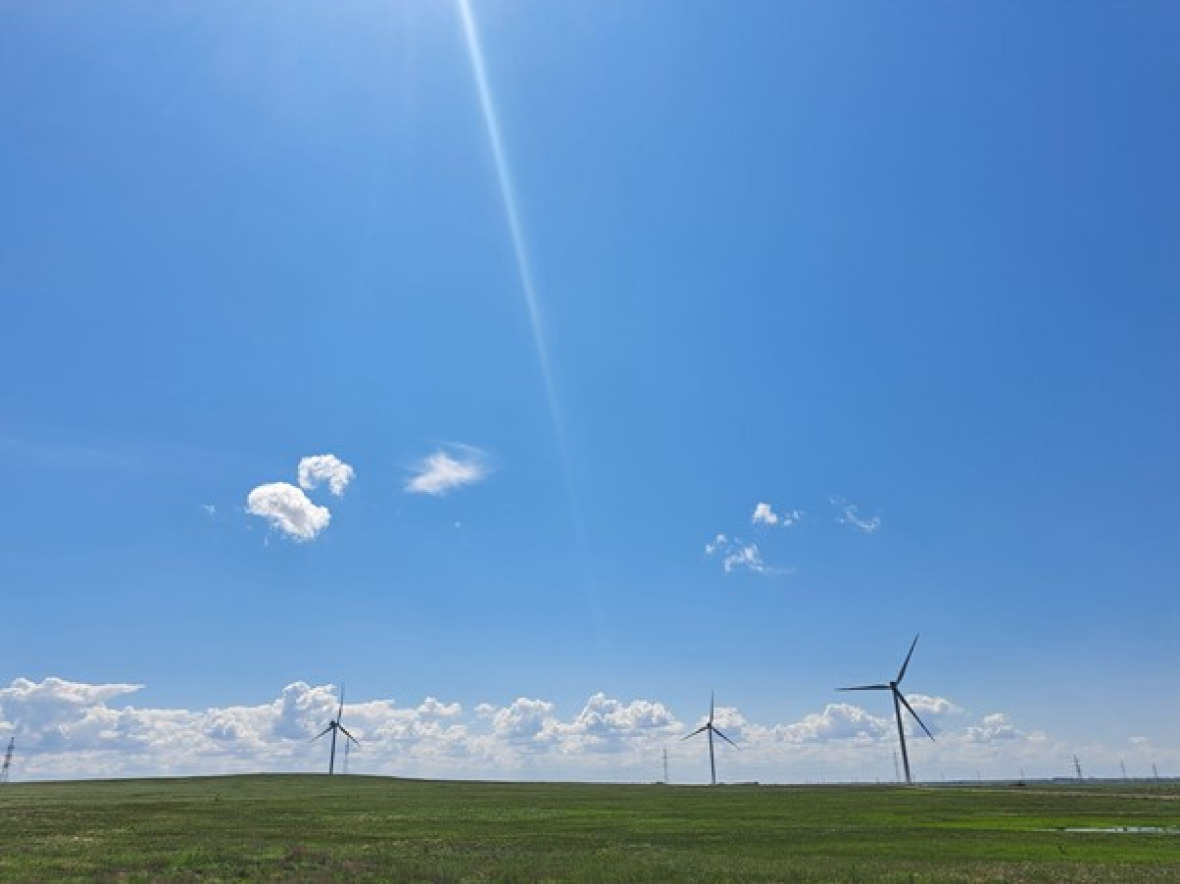
Outlook
Until now, renewable energy development in Kazakhstan has taken place largely as an add-on to the existing fossil-based energy system. Moving forward, there are many difficult political choices to be made. Perhaps the hardest of these will be determining the future of coal. The country’s aging Soviet-built thermal power plants are experiencing ever more frequent accidents, resulting in blackouts and heat supply disruptions across the country. Yet instead of committing to a coal phaseout, Kazakhstan is one of the few countries globally planning new coal capacity. In April 2024, the Kazakh and Russian ministries of energy signed a cooperation agreement on the construction of three thermal power plants in Kazakhstan. While this may temporarily improve the security of supply, it also locks Kazakhstan into carbon-intensive technologies for decades ahead. Given the falling costs of wind and solar, new thermal power plants are also likely to be more expensive than new renewable generation, even if environmental and health-related costs are not taken into account.
Another controversial issue is the potential role of nuclear power in Kazakhstan’s energy mix. The Central Asian republic is the world’s largest producer of uranium but has no nuclear capacity in operation. The possible construction of a large nuclear power plant has been the subject of longstanding public debate, with a national referendum scheduled for autumn 2024. While the idea is supported by the government (and welcomed by Russia, whose state nuclear corporation Rosatom would likely build the plant), Kazakh society remains highly polarised on the issue.
Finally, there are many challenges to tackle in the renewable energy sector itself. It will be increasingly important to manage the integration of variable renewable generation and this will require the introduction of new practices like demand management and significant levels of investment into the grid and energy storage. The potential of RE development in the corporate segment – that is to say, outside the auction-based framework – remains largely untapped, and regulations on bilateral power purchase agreements (PPAs) are yet to be developed. This is an area with a high growth potential as Kazakh companies look to decarbonise their operations. Lastly, decentralised renewable generation for households and small businesses is still in its infancy. However, the recent adoption of amendments to the RE law that introduce new incentives for prosumers may very well spark a boom in rooftop solar and other decentralised RE solutions.
In the geopolitics of the global energy transformation, Kazakhstan’s enormous wind and solar potential – coupled with land availability and rich reserves of critical raw materials – represent a strong strategic advantage. Renewables can supply low-cost power to the growing population, bolster energy security and reduce power imports, help decarbonise industry and transport, and attract foreign investment. For a fossil-dependent economy like Kazakhstan, harnessing these benefits is essential for adapting to the decarbonising global economy and contributing to global climate action.
